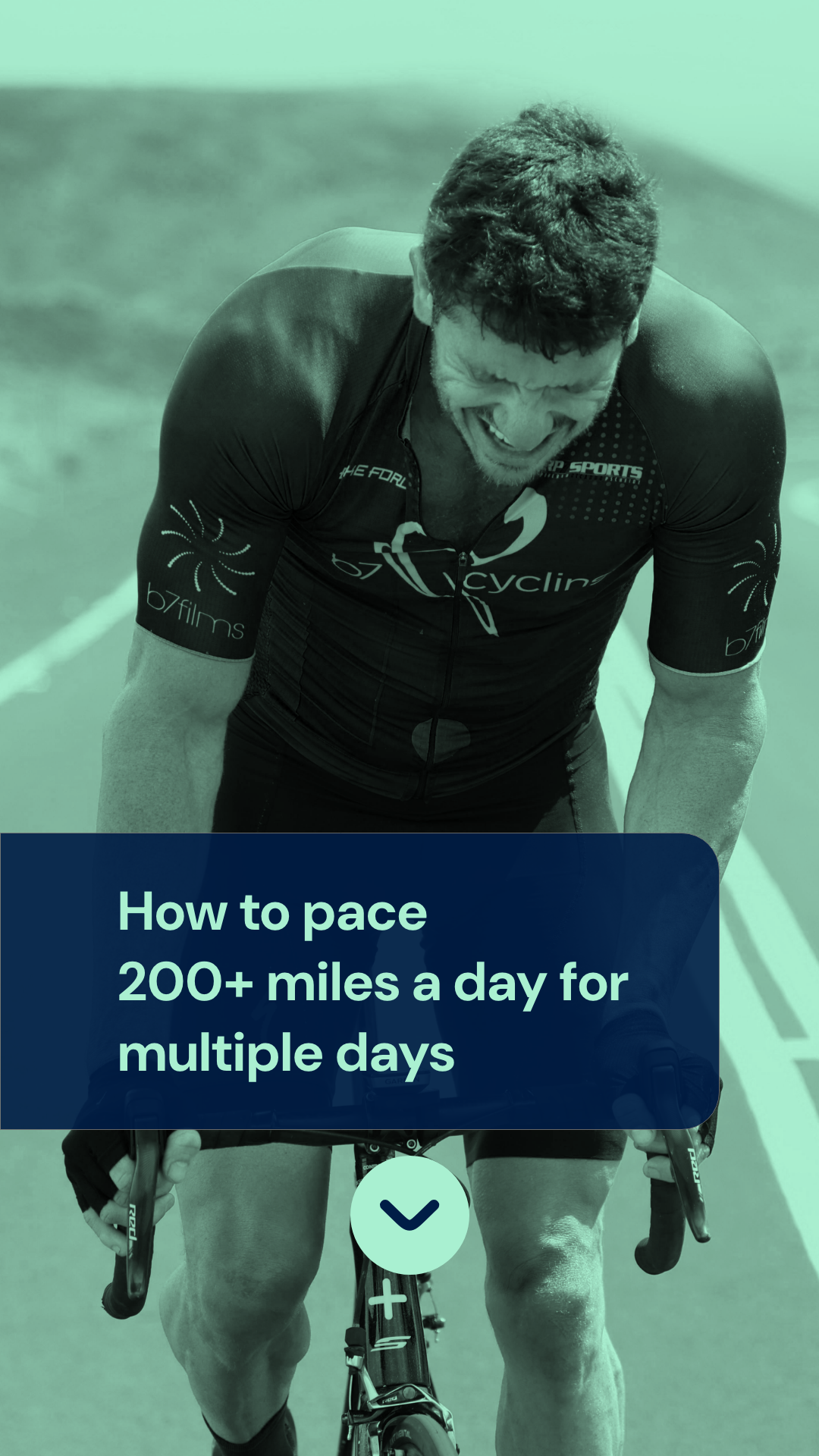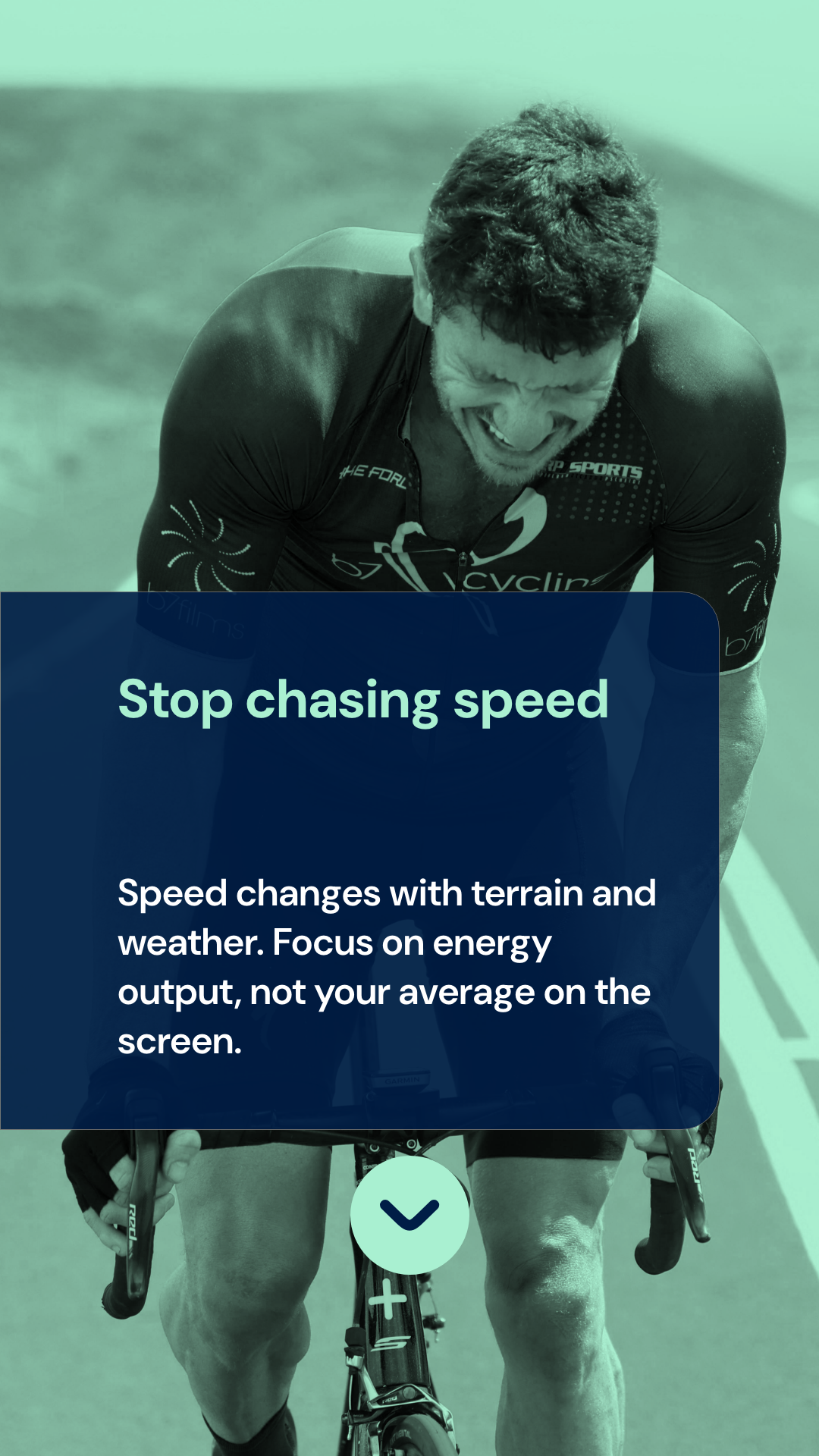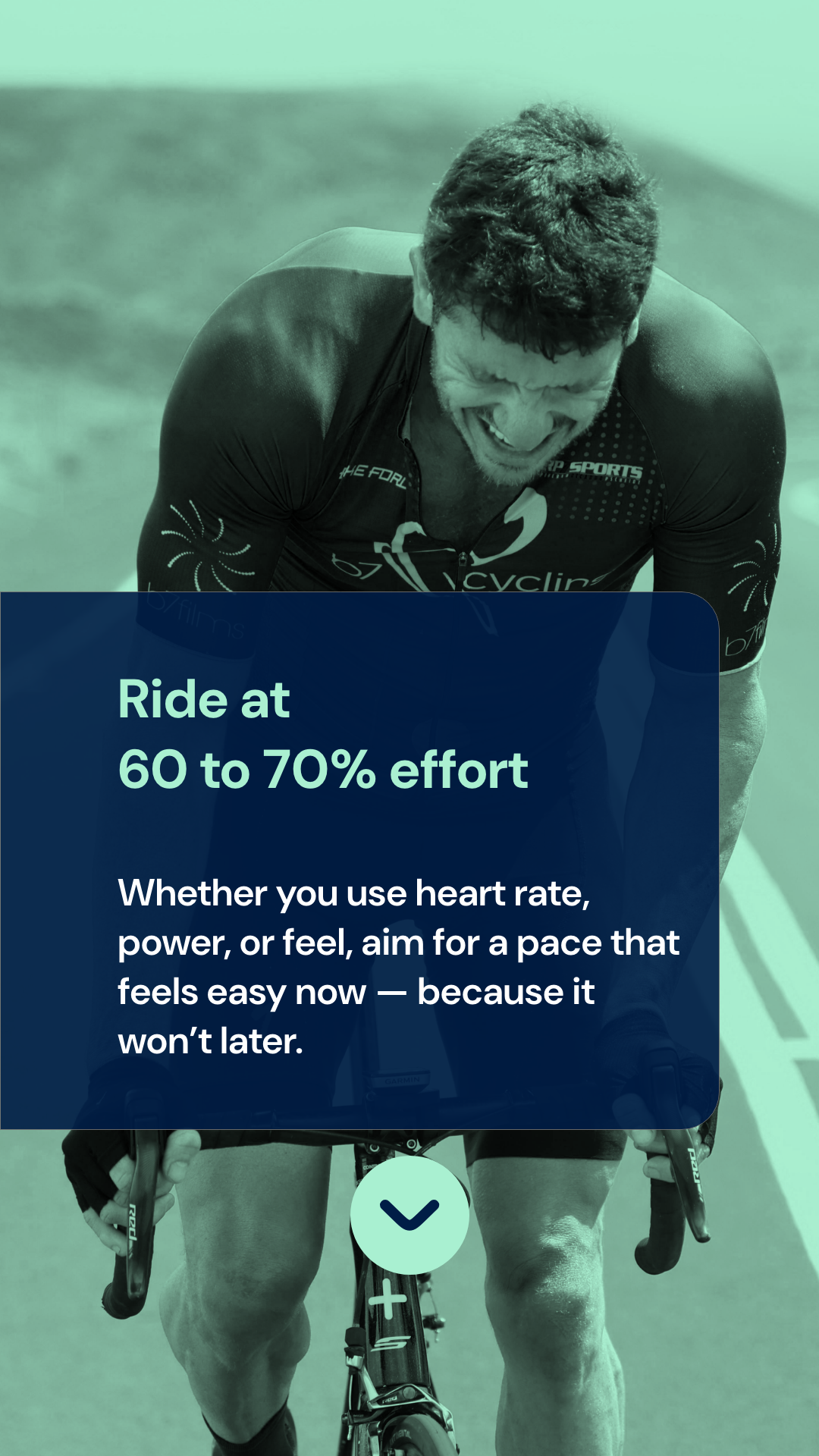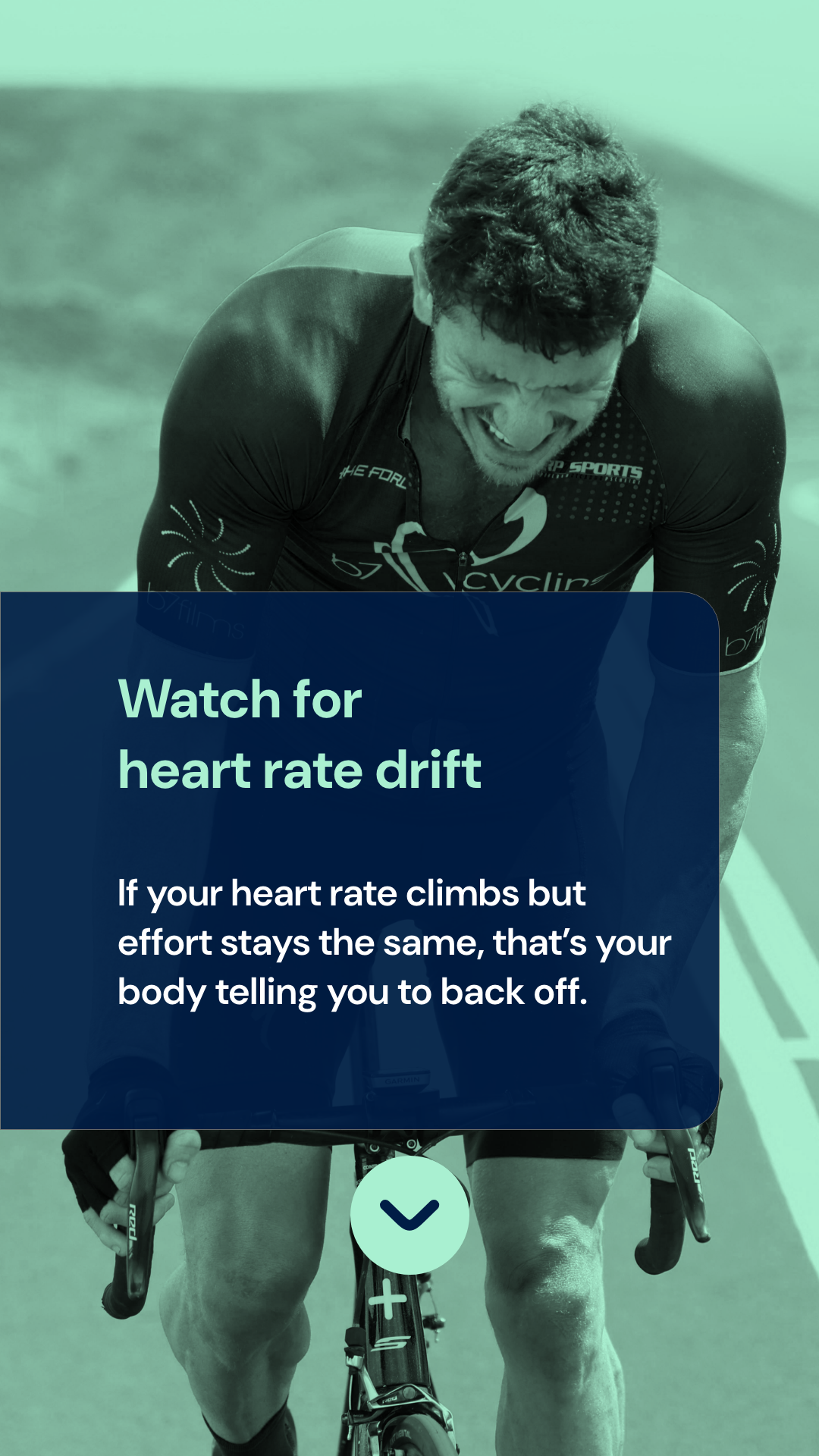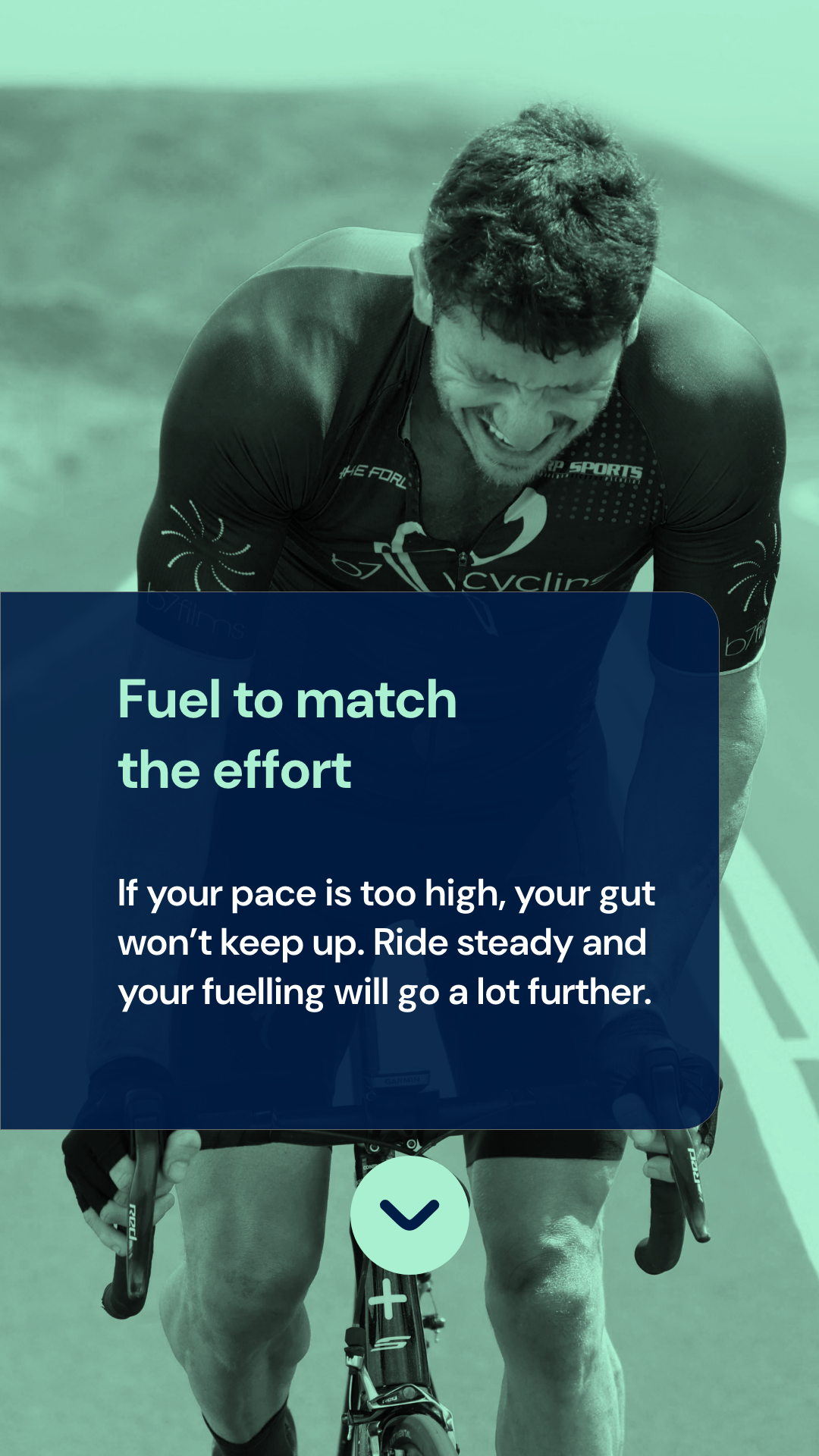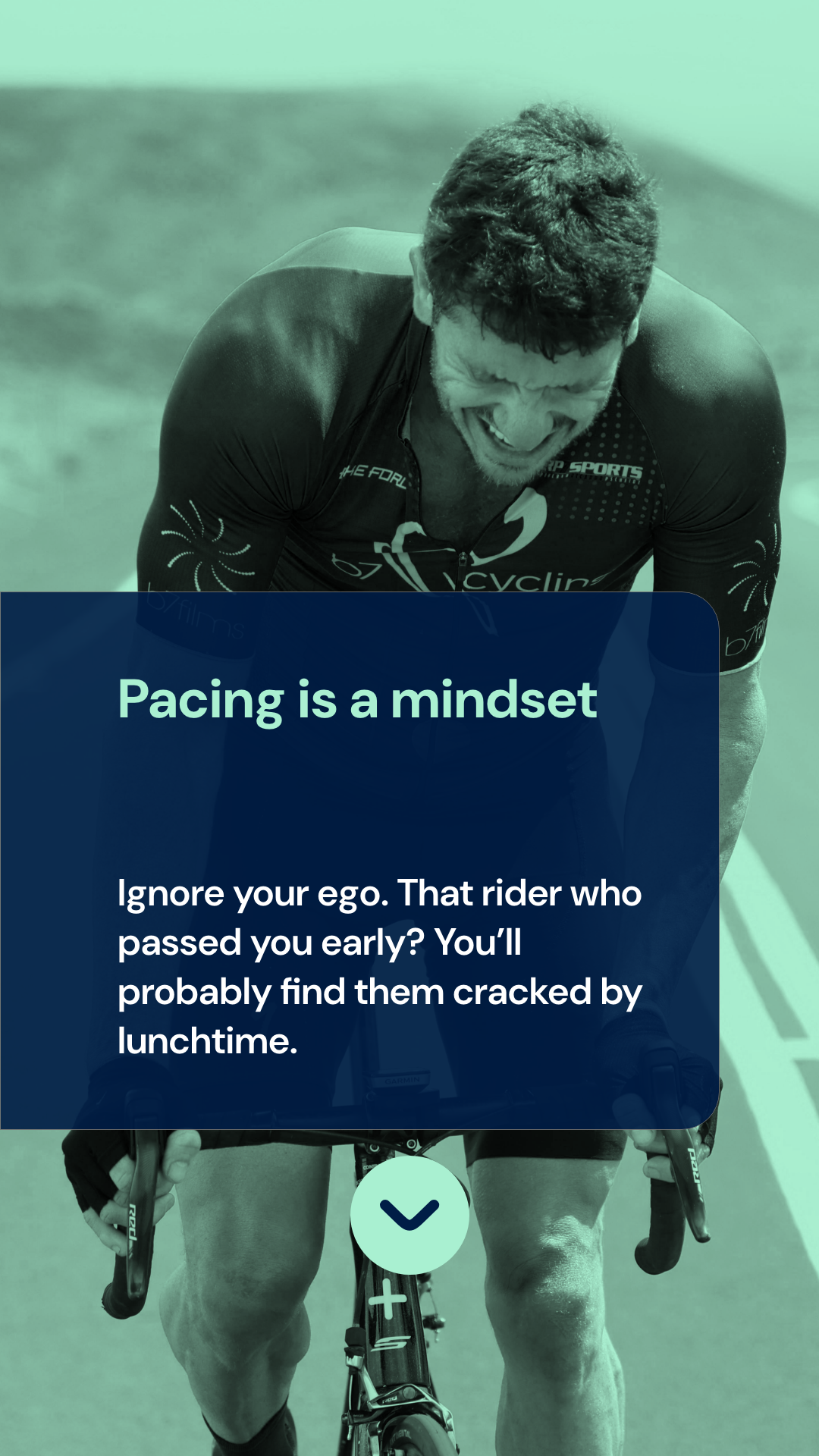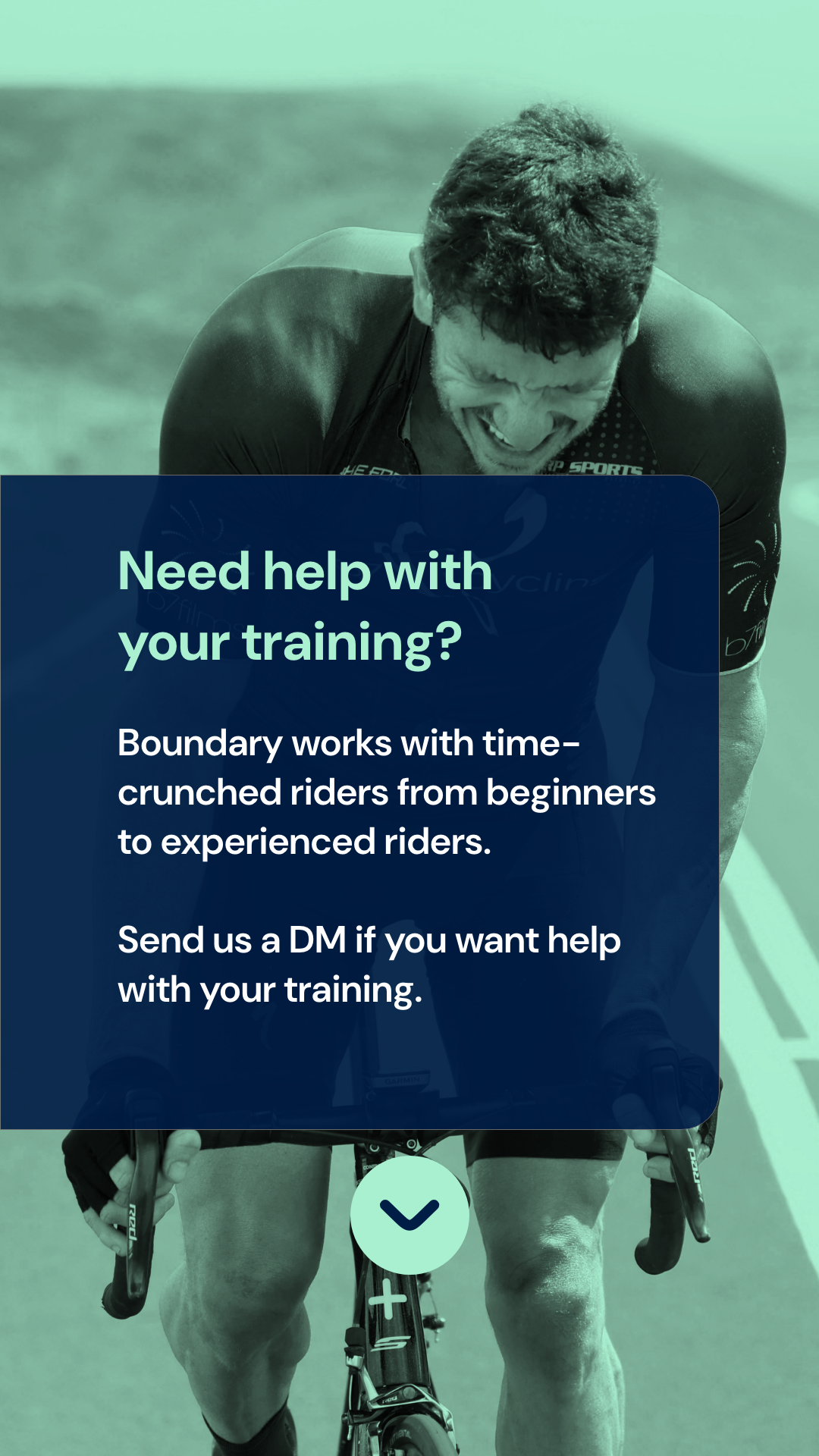How to pace multi-day rides over 200 miles without blowing up
Pacing isn’t some abstract concept when you’re riding 200 miles a day. It’s the thing that decides whether you’re still rolling on day four, or sitting in a bus stop with your head in your hands wondering where it all went wrong.
Go out too hard and you might feel like a hero for a few hours. But ultra riding isn’t about the first few hours. It’s about the quiet middle, the long grind in the dark, the cold mornings when your legs feel like planks. Pacing is what holds it all together.
This isn’t about riding slow. It’s about riding smart.
Stop thinking about speed. Start thinking about energy
Speed is a vanity metric in ultra distance. It changes with wind, terrain, temperature, traffic. Try to chase it, and you’ll end up burning more energy than you can afford.
Instead, treat energy like a budget. You’ve only got so much each day. Use it all before the last climb, and that climb will chew you up and spit you out. Ride steady, save your matches, and you’ll have something left when it matters.
Here’s a rule worth remembering: if your breathing’s heavy and your legs are biting back, you’re overdoing it. Doesn’t matter what your average speed says. Doesn’t matter how fast the rider next to you is going. Your job is to last, not to win the morning.
Heart rate, power, and perceived effort — pick your weapon
If you train with power, great. If you prefer heart rate, also fine. If you go by feel, you’re in good company. What matters is understanding what “sustainable” actually feels like.
As a guide:
- Power: Around 60 to 70 percent of your threshold, though that’s a ceiling not a target
- Heart rate: Usually low Zone 2, somewhere between 60 and 75 percent of your max
- Perceived effort: Think 4 out of 10. Calm breathing, no strain, legs ticking over without tension
The mistake most people make is treating this like a steady zone to hold. In reality, it’s about restraint. You’ll have moments when you feel invincible. That’s when you need to back off the most.
One more thing, keep an eye on heart rate drift. If your heart rate keeps creeping up while your power stays the same, your body’s working harder than it should. Take that seriously.
Multi-day pacing starts the night before
People always ask about what to eat, what to pack, what to wear. But one of the biggest things that affects how you pace is how you sleep.
Ride too hard and your body won’t shut down properly. Your heart rate stays high, your digestion goes haywire, and you wake up groggy even after seven hours in a bivvy bag. That fatigue compounds day after day. Before you know it, you’re dragging yourself through the morning miles with zero appetite and a headache that won’t go away.
If you finish a day’s ride and your heart’s still racing 90 minutes later, it’s a clear sign you overcooked it.
Good pacing gives your body the best shot at recovery. That means lower post-ride stress, calmer digestion, and a better shot at actual sleep — not just lying down for hours hoping to drift off.
Fuel follows effort, not the other way around
You can eat all the right food and still bonk if your pace is wrong. That’s the part people often miss.
Go too hard and your body leans heavily on carbs. But your gut can only process so much, especially when it’s stressed. That’s when you get nausea, bloating, or that sudden drop where everything feels wrong. It’s not always the food’s fault. Sometimes your effort is the problem.
The fix? Ride at a level that lets you burn more fat. That takes pressure off your digestive system and spreads the load. You’re not trying to be low carb. You’re trying to be steady enough that your body stays calm.
Basic fuelling principles still apply:
- Eat early, before you’re hungry
- Eat often, small, regular snacks beat giant stops
- If your stomach starts complaining, ease off before blaming the food
The golden rule: if your gut goes quiet, listen.
The emotional side of pacing
Here’s the bit that catches people out: pacing isn’t just physical. It’s emotional.
You’re fresh, the sun’s out, your legs feel good. Of course you want to push a bit. But pushing a bit when you feel strong is exactly how you ruin the second half of your day.
Or maybe someone passes you. They’re spinning up a climb and you don’t want to be left behind. That’s pride talking. And pride doesn’t care if you hit a wall six hours later.
The best riders set pacing strategies before they even roll out. They know what they’re going to ignore. They know what’s worth chasing and what isn’t. And they stick to it, even when it feels too easy, or too boring, or too slow.
Trust me: restraint is a performance tool. It just doesn’t come with numbers or kudos.
Train pacing like a skill
You can’t learn pacing from reading about it. You have to feel it in your body, and the only way to do that is to practise it.
That means training rides where the goal isn’t speed, but consistency. Long sessions back to back. Rides that start slow and stay slow. Sessions where you dial in fuelling, monitor how your body reacts, and notice what effort feels like after six hours in the saddle.
You’ll start to recognise little signs like your hands swelling more when you push too hard, or your appetite fading when you’re skating the edge. These are the things no training plan can teach. You’ve got to live them.
Five ways to know you’re pacing too hard
Pacing errors sneak up on you. But there are clues. Watch for:
- Rising heart rate for the same effort
- Food sitting heavy or appetite vanishing
- Sleep that feels shallow or fragmented
- Brain fog, mood swings, or poor decisions
- Legs that feel flat within the first hour
One on its own? Maybe just a bad day. Two or more? Ease off. You’re burning more than you can replace.
One last thing
You’re not riding to impress your bike computer. You’re riding to stay in the game. Multi-day efforts don’t reward the strongest rider. They reward the smartest one. The one who knows when to push and when to hold back. The one who finishes each day with just enough left in the tank to go again.
That’s the art. That’s the challenge. And that’s what makes it worthwhile.
If you’re gearing up for a big ride and want help building a pacing plan that actually works, get in touch. There’s no one-size-fits-all but there’s always a smarter way to ride.
Reach out if you've hit a plateau in your training or want some help to improve your cycling performance. 💪 🚴🏼♂️
